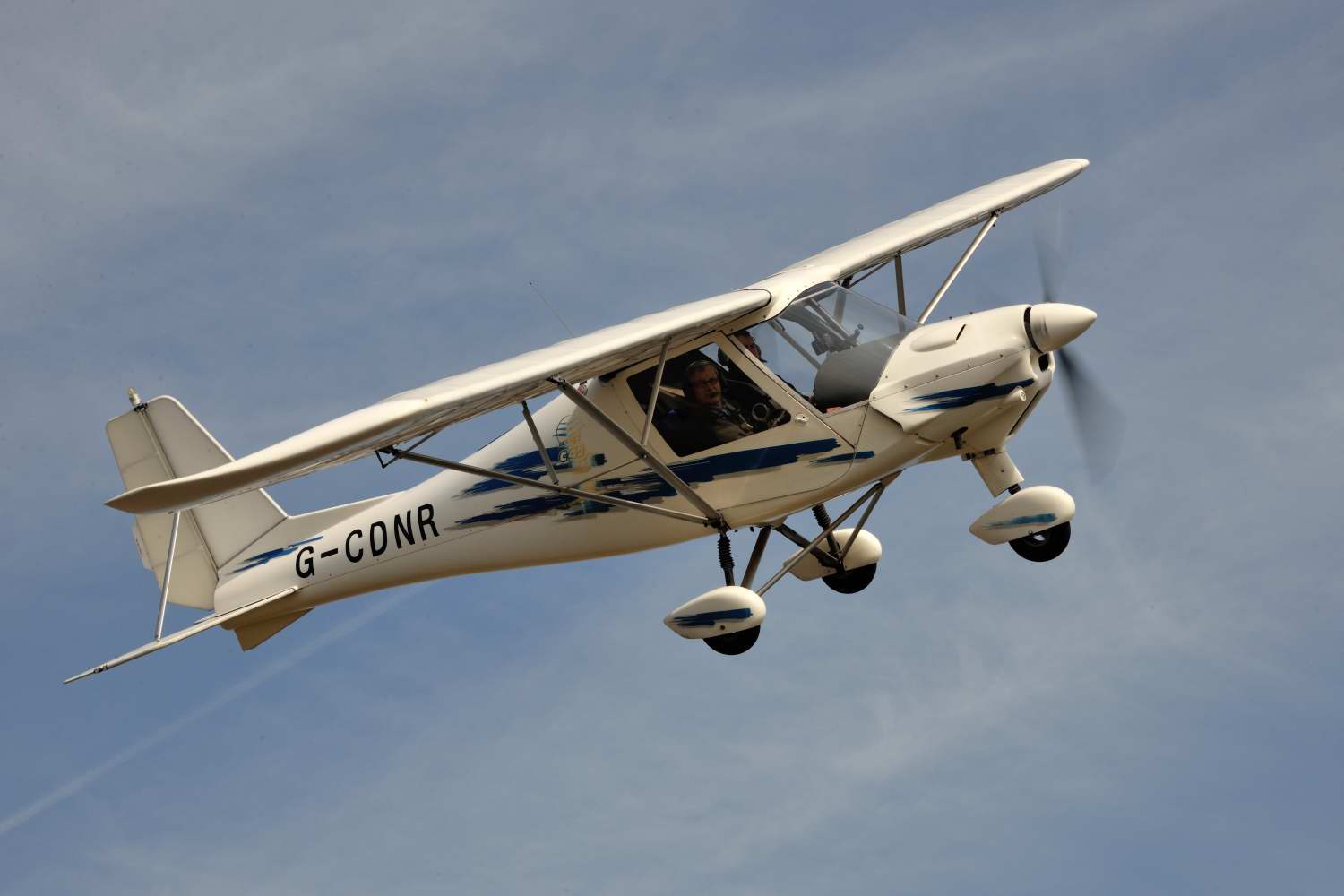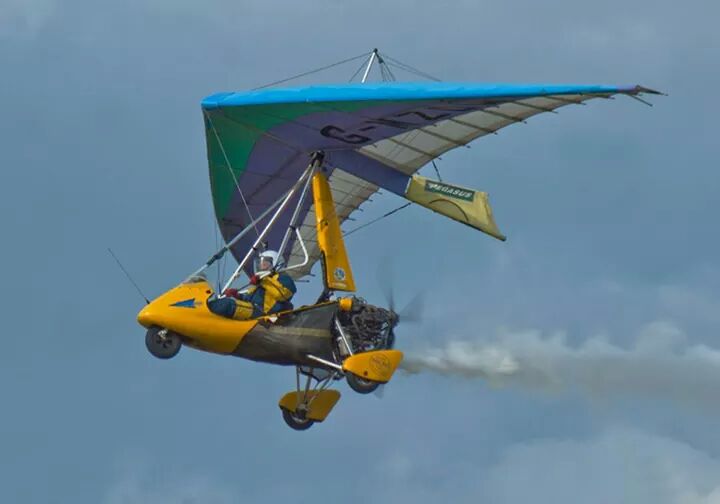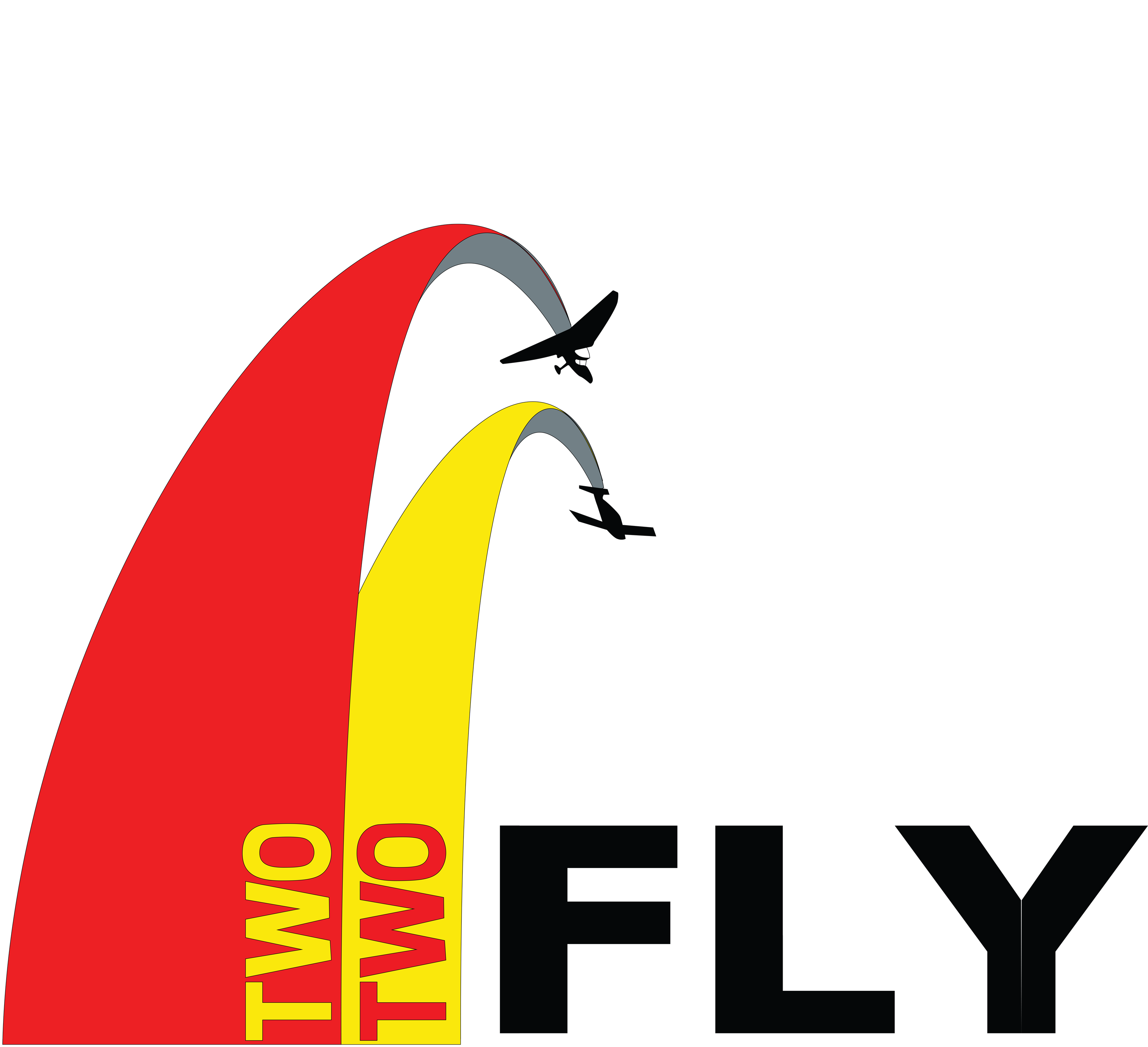Ikarus C42 – possibly the best 3 axis training aircraft

The Ikarus C42 is a single-engined high-wing monoplane with side-by-side seats for two in a 1.22 m (48 in) wide cabin. The C42 is manufactured with either an 80 hp (60 kW) Rotax 912 engine or a 100 hp (75 kW) Rotax 912s engine. The Rotax engine has low fuel consumption and relatively low noise. The engine drives the propeller, which has ground-adjustable pitch, through a gearbox with a 2.273:1 reduction ratio.
The aircraft is structurally supported by a ‘backbone’ of large diameter aluminium tube which runs the length of the aircraft. The cabin and fuselage shell is a composite material which, being non-structural, can be removed for inspection and repair.
The wings are constructed of tubular front and rear spars. The wings and flying control surfaces are covered in Kevlar/Mylar/Polyester laminate. The wings can be removed or folded (if an optional folding kit is installed) for storage and transportation. The wing tips are of composite construction which reduces drag and improves low speed handling. Access to the cabin is provided by two Gull-wing doors.
Controls
Rudder pedals are dual control. The distance from the seat to the pedals is fixed because the seat position is not adjustable.
The dual control throttle levers are situated between the legs, and pivot from side to side so can be folded out of the way making entry and exit of the aircraft easier.
The flaps are controlled by a centrally-mounted lever on the roof of the cabin. The relatively short lever does make the operation of lowering flaps quite physical when combined with holding the centre control stick at the same time.
Quantum 912

The Pegasus Quantum is a British two-seat, ultralight trike that was designed and produced by Pegasus Aviation and later by P&M Aviation. The aircraft was supplied as a completed aircraft.
In the early 2000s Pegasus Aviation was merged with rival Mainair Sports into P&M Aviation, and production of the Quantum continued but shifted from the Pegasus plant in Marlborough, Wiltshire, to the Mainair factory in Rochdale. As the company rationalized the two aircraft lines, Quantum production ended. By 2012 the manufacturer indicated, “This aircraft is no longer in production…Full spares and support are still available and will remain so for the foreseeable future. Complete aircraft can still be manufactured but by special request only.”
The Quantum was intended as an up-scale touring trike for long distance flying. It was designed to comply with the Fédération Aéronautique Internationale microlight category, including the category’s maximum gross weight of 450 kg (992 lb). It is also certified to comply with UK BCAR Section “S” and German DULV microlight certification. The aircraft has a maximum gross weight of 409 kg (902 lb). It features a cable-braced hang glider-style high-wing, weight-shift controls, a two-seats-in-tandem, open cockpit, tricycle landing gear and a single engine in pusher configuration.
The aircraft is made from bolted-together aluminium tubing, with its double-surface Pegasus Q2 wing covered in Dacron sailcloth. Its 10.4 m (34.1 ft) span wing is supported by a single tube-type kingpost and uses an “A” frame control bar. The Quantum line includes a number of models that incorporate various options packages and engines.
Quantums have been used for a number of record-setting flights, including the first microlight flight around the world, flown by Brian Milton and Keith Reynolds in the Quantum 912 Global Flyer between 14 March – 21 July 1998.
Milton explains why he chose the Quantum at the start of planning for the record-circling flight:
I immediately ordered the latest and most well-proven microlight, a Pegasus Quantum 912. It had a lovely flying wing, with which I was comfortable, and its engine — a Rotax 912 — was four-stroke, four-cylinder, and much more reliable than the two-stroke, two-cylinder engines I had flown until then. It also had dual ignition, two sparking-plugs in each cylinder, a comfort on sea crossings. Even though Keith flew as a test pilot for the rival Medway Microlights, which had a lovely wing too, but a less advanced trike, he was in favour of the choice of a Pegasus 912.
The Quantum was also flown by Simon Baker to win the World Microlight Championships.
